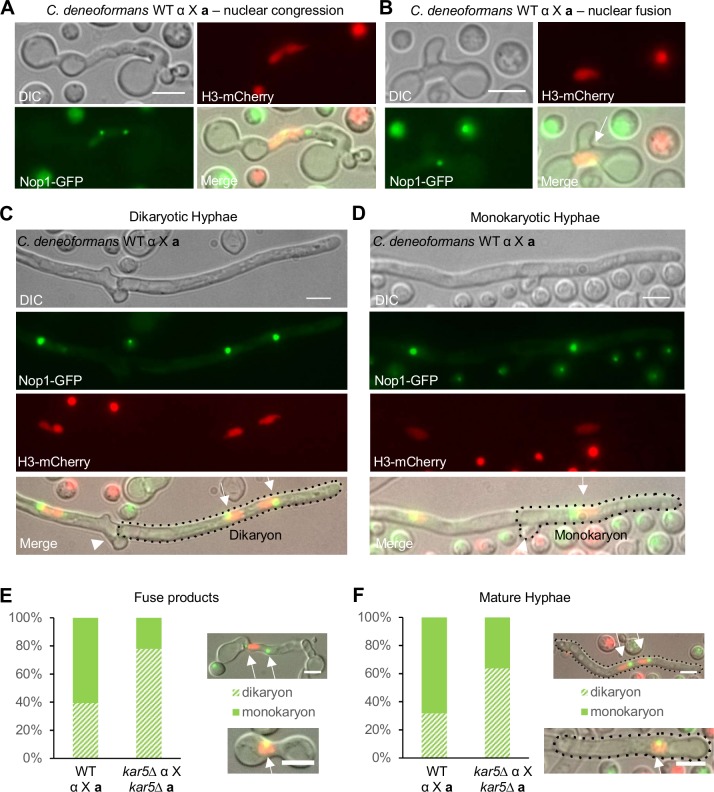Fig 6. Karyogamy occurs at different stages during C. deneoformans bisexual reproduction.
GFP labeled nucleolar marker Nop1 and mCherry labeled nuclear marker Histone H3 protein were used to study the formation of monokaryotic hyphae during C. denoeformans bisexual mating (CF830 α NOP1-GFP-NAT X CF1076 a H3-mCherry-NAT). (A) Nuclear congression occurs in a-α fused cells. (B) Nuclear fusion occurs in a-α fused cells. Arrow points to the fused nucleus, as indicated by the mixing of the fluorescent signals. (C-D) C. deneoformans bisexual reproduction produces both (C) dikaryotic hyphae with fused clamp cells and (D) monokaryotic hyphae with unfused clamp cells. Single hyphal compartments are marked with dotted circles. Arrows point to nuclei labeled with both GFP and mCherry. Arrowheads point to a fused clamp cell in panel C and an unfused clamp cell in panel D. The scale bar is 5 μm. (E-F) Quantification of monokaryon and dikaryon fusion products (E) or mature hyphae (F) for wild type (CF830 α NOP1-GFP-NAT X CF1076 a H3-mCherry-NAT) and kar5 mutant (CF1185 α kar5Δ::NEO H3-mCherry-NAT X CF723 a kar5Δ::NEO NOP1-GFP-NAT) crosses. Representative dikaryon and monokaryon fusion products are shown on the right. Single hyphal compartments are marked with dotted circles, and each arrow points to one nucleus. The scale bar is 5 μm.

